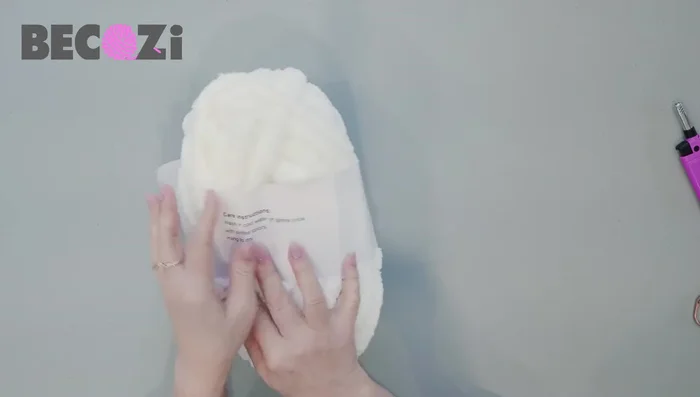Are you dreaming of cozy nights wrapped in a chunky knit shawl, but intimidated by the thought of needles and yarn? Fear not! This beginner-friendly tutorial will guide you through creating your very own stunning, chunky knit shawl with ease. We'll break down the process into simple, manageable steps, perfect for even the most novice knitters. No prior experience is necessary – just a willingness to learn and a desire for a beautiful, handmade accessory. This project utilizes a straightforward stitch pattern, focusing on building confidence and enjoyment rather than complex techniques. Think warm, comforting texture and a sense of accomplishment waiting to be unwrapped.
Forget complicated patterns and frustratingly small needles; this chunky knit shawl project is designed for ultimate simplicity and speed. Large needles and super bulky yarn make quick work of this cozy piece, perfect for gifting or keeping entirely for yourself. You'll be amazed at how quickly you can create a luxurious shawl. Ready to get started and experience the joy of knitting? Let's dive into the step-by-step process!
Preparation and Safety Guidelines
- Chunky Chanel yarn
- Needles (size not specified in video, but implied to be appropriate for chunky yarn)
- Use blunt-ended knitting needles to avoid accidental needle pricks. Keep needles capped or stored safely when not in use.
- Always check your tension regularly to ensure even stitches and avoid frustration. Loose tension can create holes, while tight tension can cause fatigue and uneven fabric.
- Be mindful of your posture while knitting. Maintain good posture to avoid strain and discomfort, especially during longer knitting sessions.
Step-by-Step Instructions
Casting On
- Begin with 14 stitches (12 for a shorter shaw). Burn the yarn end to prevent unraveling. Make a loop, insert your hand, grab the working yarn, and pull it through the loop. Pull down both working yarn and tail, then pull the first stitch up to tighten.

Casting On Continue Casting On
- Repeat the process until you have the desired number of stitches (14 or 12).

Continue Casting On Knit First Row
- Flip the work. Knit across all stitches (14 or 12), maintaining consistent stitch size. Right-handed knitters use their right hand from right to left. Left-handed knitters adapt accordingly, using their left hand.

Knit First Row Knit Subsequent Rows
- Alternate between using your right and left hand for each row, continuing to maintain even stitch size. Skip the first stitch of each row to create the chain edge.

Knit Subsequent Rows Knit Shaw Body
- Knit for approximately 55 inches (adjust based on desired length and gauge).

Knit Shaw Body Join Sides
- Don't cast off. Lay the knitted piece flat, aligning the beginning and end stitches. Using the working yarn and the tail, sew the two sides together with a simple stitch, working through the cast-on edge and the last row's stitches.

Join Sides Narrow Top Edge
- Use remaining yarn to stitch together the top edge by weaving the yarn through each stitch across the opening, creating a tighter neckline.

Narrow Top Edge
Read more: Knitting a Reversible Basketweave Blanket: A Customizable Guide
Tips
- Left-handed knitters adapt the casting on process by mirroring the right-handed technique, using their left hand for the main actions. The knitting process itself remains the same.
- Maintain even stitch size throughout for a neater shaw.
- Try on the shaw periodically during knitting to ensure the correct length.
- Leaving the stitches uncast off at the end saves yarn.






